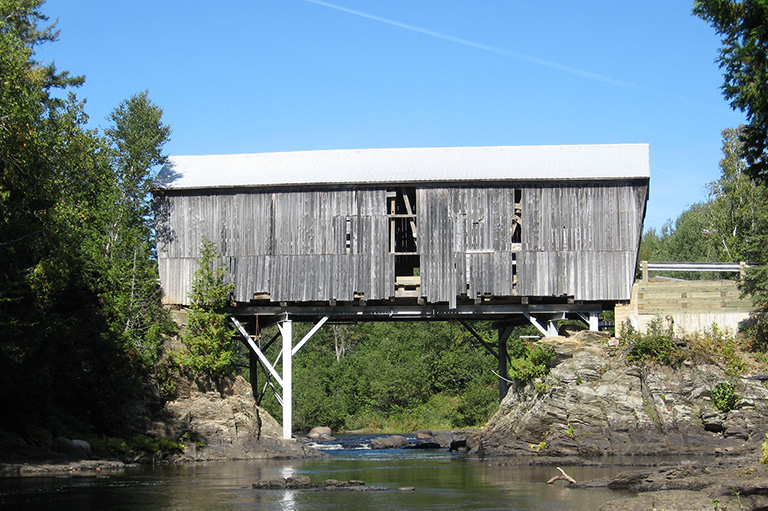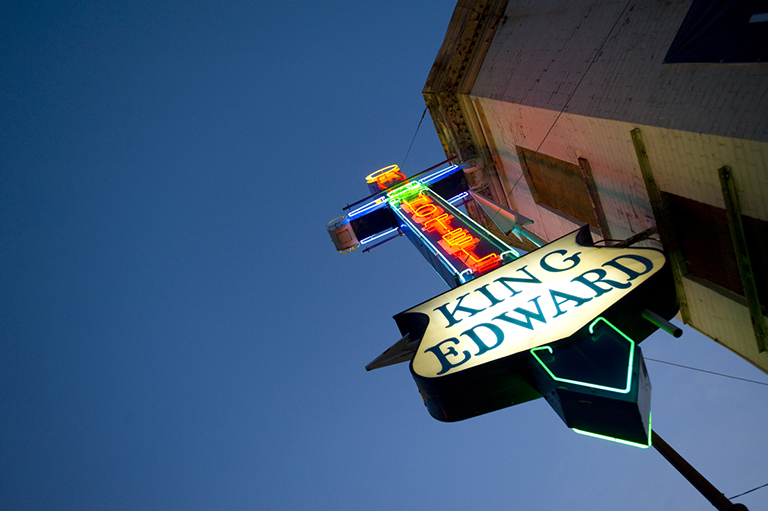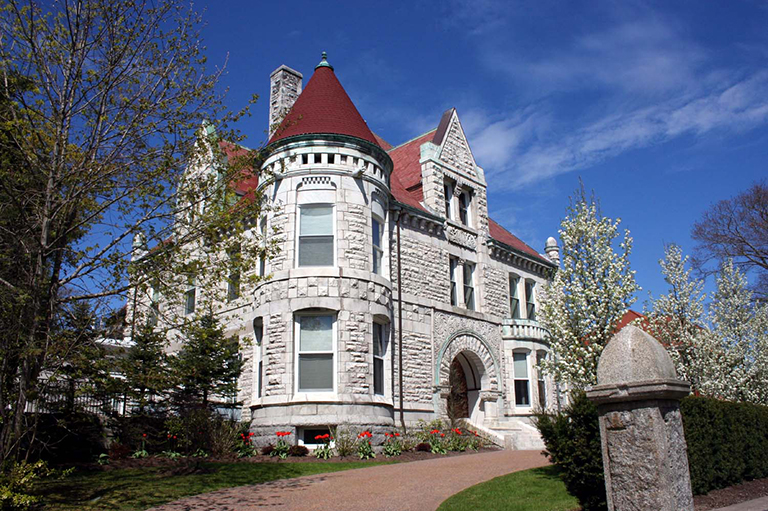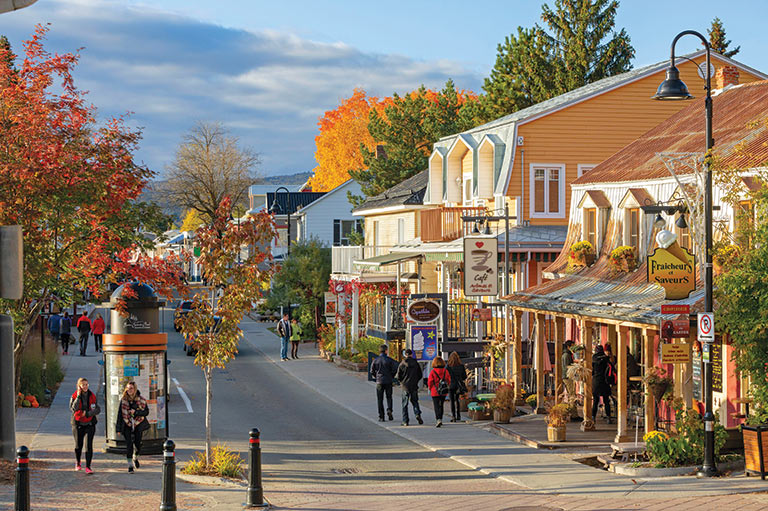Jellybean Houses of Saint John
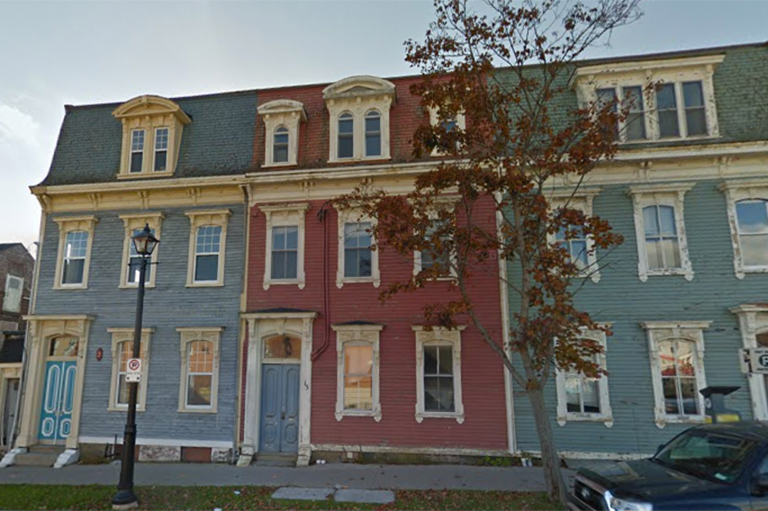
On April 9th, 2017, two buildings in Saint John, New Brunswick — known by locals as the jellybean houses — were torn down.
Named for their brightly coloured facades, the jellybean houses were erected on Wellington Row in 1860 and became the city’s first lending library. When the Great Fire of 1877 ripped through the city, it destroyed over two hundred acres of downtown Saint John, but luckily the buildings were spared.
For many city residents, the houses were cherished as symbols of hope and resilience, but the buildings did not have heritage designations from the municipal, provincial or federal level governments.
In 2008, the City purchased the houses in order to use them in the development a complex — but the development never went ahead. Left vacant and unheated for several years, the houses eventually became uninhabitable. As time passed, the city issued multiple requests for proposal in hopes of finding a buyer, however nothing came through.
The deterioration of the buildings continued, and hopes of their restoration dimmed. In 2015, Saint John city council presented its final effort to save the jellybean houses, offering the properties to Saint John Non Profit Housing Inc., (an agency that seeks to provide affordable housing to people in need) with a one-year time span to consider the offer before the buildings would need to be torn down.
In 2016 Saint John Non Profit Housing Inc., declined the offer.
Natalie Bull, executive director of the National Trust for Canada, called the deterioration of the houses “demolition by neglect.”
“This is a case where an owner stops heating the building, stops making repairs, and ultimately leaves it to the elements,” said Bull. “The houses (were) left in a condition that made it very challenging to considering actually investing in them.”
Now the buildings are nothing but piles of wood and rubble that will eventually be moved to make way for new complexes.
Saint John’s mayor, Don Darling, said he sympathizes with citizens who wanted to save the buildings, but added that they were simply beyond the point of repair.
“I certainly understand the passion of the resident groups who want to preserve our history it’s the reason we have created a heritage program,” Darling said. “In the case of Wellington Row, the struggle comes when, at some point or other, you have to make a decision as to whether these buildings outweigh the benefits of the larger project that can provide our residents with safe, affordable, sustainable housing solutions that there is a significant need for in Saint John.”
Across Canada, communities are struggling to strike a balance between protecting heritage buildings and supporting new residential and commercial developments.
Every year the National Trust for Canada releases a list of the top 10 endangered places across the country. Several years ago the jellybean houses were on this list. Bull said if communities want to save endangered places, people must be diligent.
“People need to be watching what’s happening in their communities and speak up right away,” Bull said. “If you wait until the 11th hour it can be very challenging to turn the tide.”
Since 2005, the National Trust has been bringing attention to architectural landmarks, heritage districts and beloved landscapes to promote restoration and renewal.
The 2017 Top 10 Endangered Places list will be released on June 5, 2017. To learn more about endangered places in Canada and how you can help, visit NationalTrustCanada.ca.
Themes associated with this article
Advertisement
You might also like...

Help support history teachers across Canada!
By donating your unused Aeroplan points to Canada’s History Society, you help us provide teachers with resources to engage students in learning about the past.

